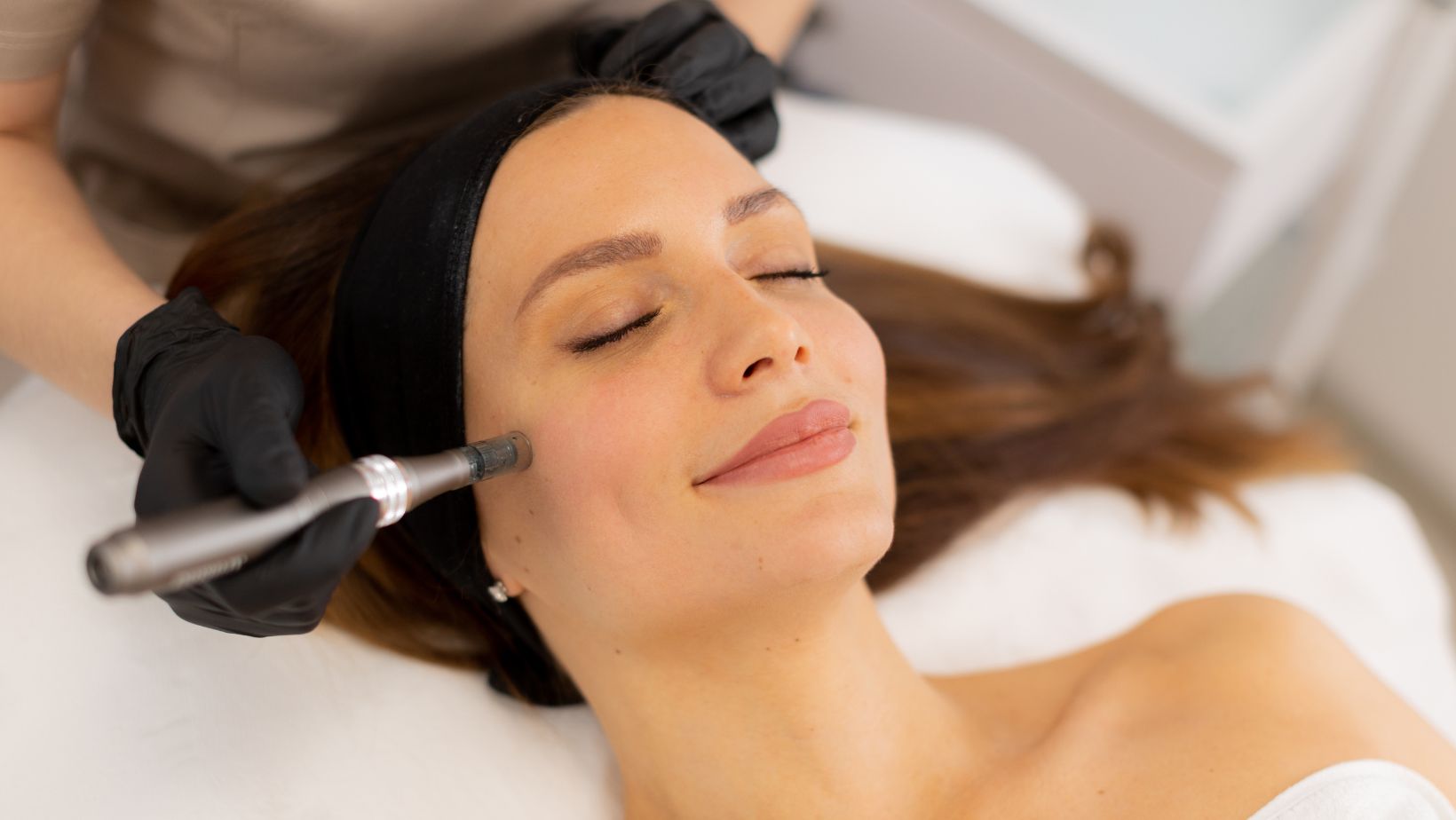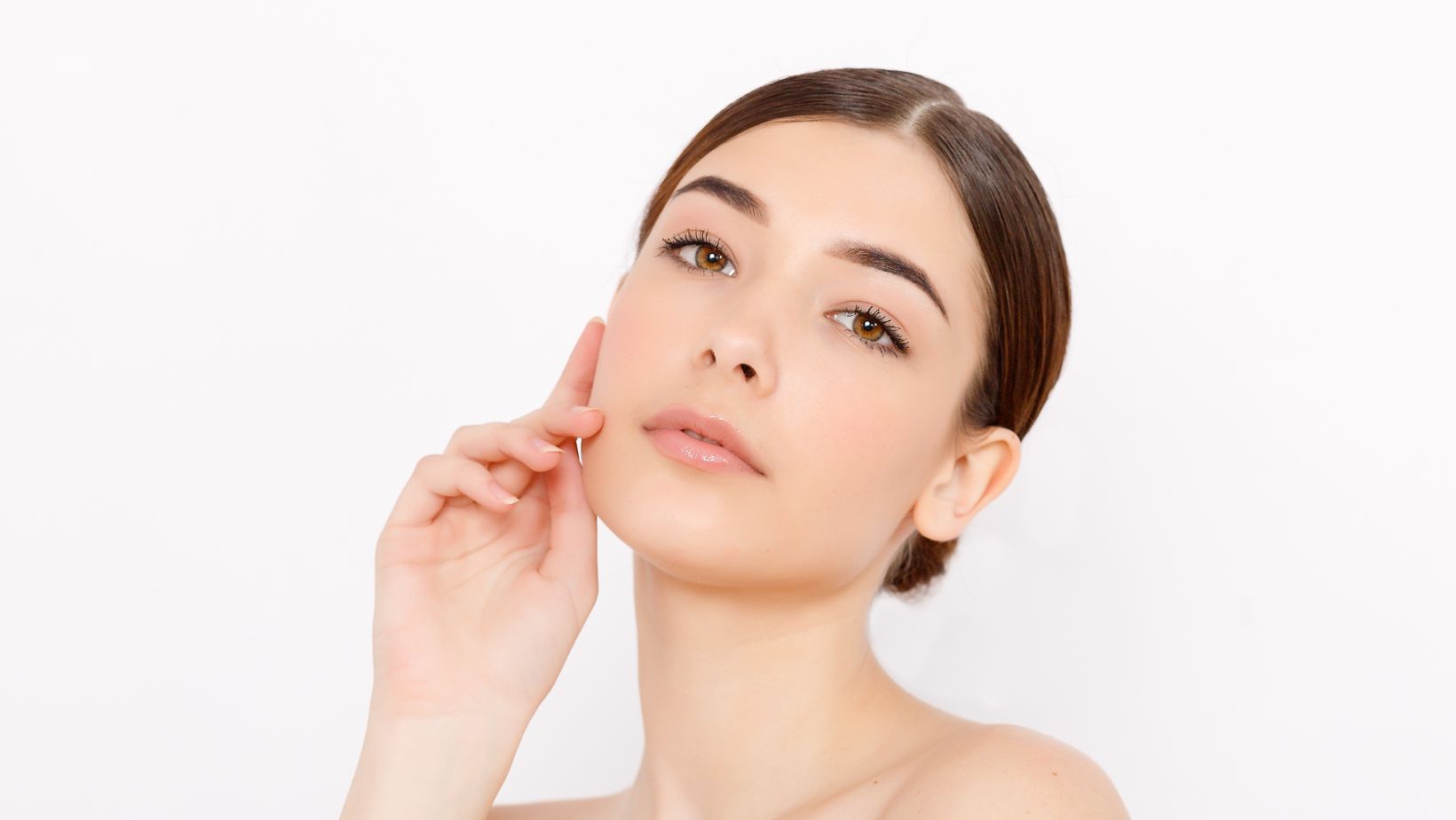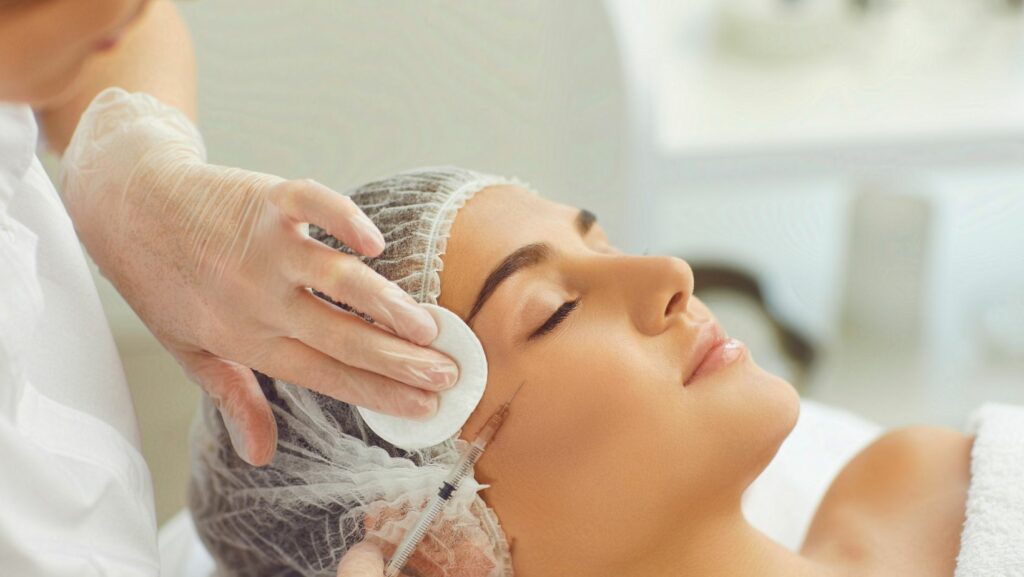Looking good without surgery? It’s honestly easier than ever these days. Modern skincare brings a ton of ways to refresh your skin—no scalpels, no drawn-out recovery, just results that fit real life.
Non-invasive beauty treatments work with your body’s natural healing, helping smooth out wrinkles, boost firmness, and even out skin tone. These gentler methods use tech like lasers, ultrasound, or even just high-powered creams to kickstart collagen and get that glow back.
People have more choices than ever when it comes to skin care that fits into busy schedules. Whether you want a quick lunchtime fix or prefer at-home gadgets, the options now are both effective and much more accessible than old-school surgery.
Fundamentals of Non-Invasive Skin Rejuvenation
Non-invasive skin rejuvenation gives folks solid options for enhancing beauty without going under the knife. These treatments use your body’s own processes to restore and improve your skin’s look and feel.
Defining Non-Invasive Beauty Treatments
Non-invasive beauty treatments help your skin look better without cutting or making incisions. They tackle common concerns while keeping your skin intact. Think laser therapy, radiofrequency, microdermabrasion, chemical peels, and ultrasound treatments.
Unlike surgery, you won’t need much—if any—downtime for these. They jumpstart your skin’s healing and collagen production, so you get gradual improvements. Most of these treatments wrap up in under an hour, so you can squeeze them into a lunch break. They target things like fine lines, sun spots, uneven tone, and mild sagging.
Key Benefits of Non-Invasive Approaches
- Minimal Recovery Time: Most people get right back to their usual routine after treatment. No weeks stuck at home recovering like with surgery.
- Lower Risk Profile: You’re less likely to have complications. Side effects tend to be mild, maybe a little redness or swelling.
- Natural-Looking Results: These treatments work slowly for subtle, believable improvements—not drastic overnight changes.

- Preventative Benefits: If you start early, you can slow down signs of aging and keep your skin looking younger for longer.
- Cost-Effectiveness: Even though you might need several sessions, it usually costs less overall than surgery.
- Psychological Comfort: If the idea of surgery makes you nervous, these options are way less intimidating and more approachable.
Popular Myths and Misconceptions
- Myth: Results are immediate and permanent. Truth: You’ll probably need a few sessions, and results show up gradually as your body makes new collagen. Maintenance is key.
- Myth: Non-invasive means completely pain-free. Truth: It’s not surgery, but you may feel some warmth, tingling, or mild pinching. Most people find it pretty tolerable.
- Myth: All treatments work for everyone. Truth: Outcomes depend on your age, skin type, lifestyle, and how your body heals. A good consultant helps you pick what’s right for you.
- Myth: More treatments equal better results. Truth: Following the treatment plan matters. Overdoing it can actually harm your skin and waste your money.
Aesthetic clinic in Singapore has really become a hotspot for advanced non-invasive skin care. You’ll find tons of clinics with certified pros who know the latest techniques. Strict medical rules in Singapore keep standards high. Clinics must have the right certifications and stick to safety protocols.
Lots of clinics here offer in-depth consultations with fancy skin analysis tools. That way, you get a treatment plan tailored to your skin’s needs. Because the market’s so competitive, clinics often come up with innovative combos—mixing different treatments to tackle several skin concerns at once for better results.
Modern Techniques and Technologies
These days, non-invasive skin rejuvenation has exploded with options. The tech is wild—lasers, sound waves, you name it—and you can get real results without surgery or a ton of downtime.
Advanced Laser Treatments for Skin Renewal
Laser treatments have come a long way. Fractional lasers, for example, create tiny treatment zones to boost collagen while leaving most of your skin untouched, so you heal faster.
Different lasers do different jobs:
- Ablative lasers strip away the outer skin for big changes but need more recovery
- Non-ablative lasers work under the surface—less downtime, more subtle
- Pulsed dye lasers target blood vessels to calm redness and rosacea
Devices like Fraxel and Clear + Brilliant use precise wavelengths to tackle everything from fine lines to dark spots. Built-in cooling features now make sessions way more comfortable. You’ll usually need 3–5 sessions, spaced out over a few weeks, to see the best results.
Radiofrequency and Ultrasound Therapy Innovations
RF and ultrasound treatments send energy deep into your skin without harming the surface. Radiofrequency (like Thermage or Venus Freeze) uses electromagnetic waves to heat tissue and trigger new collagen.
Ultrasound therapies—think Ultherapy—do things a bit differently:
- Use sound waves to see and target specific layers
- Send energy right where it’s needed
- Reach the deeper layers that surgery usually tackles
These work best for mild to moderate sagging. Results show up gradually over a couple of months as your skin rebuilds collagen. Most people just need one ultrasound session a year; for RF, you might start with 3 or 4 sessions. No downtime here either, so they’re a hit with folks who can’t take time off work.
Most people just need one ultrasound session a year; for RF, you might start with 3 or 4 sessions. No downtime here either, so they’re a hit with folks who can’t take time off work.
Microdermabrasion and Chemical Peels
These exfoliating treatments clear away tired skin to reveal a fresher layer underneath. Microdermabrasion uses tiny crystals or diamond tips to gently polish off dead cells, smoothing texture and lightening discoloration.
Chemical peels come in different strengths and formulas:
| Peel Type | Strength | Best For | Downtime |
| Superficial | Mild | Fine lines, mild discoloration | None to minimal |
| Medium | Moderate | Wrinkles, acne scars | 5-7 days |
| Deep | Strong | Significant damage, deeper wrinkles | 10-14 days |
Newer peels often mix several acids for better results with less irritation. Soothing ingredients like hyaluronic acid help calm redness and speed up healing. For best results, most pros suggest a series of 4–6 treatments, spaced out every 2–4 weeks.
Injectable Solutions: Neuromodulators and Dermal Fillers
Injectables give you quick results with barely any discomfort or downtime. Neuromodulators—think Botox, Dysport, or Xeomin—work by relaxing the facial muscles that make those lines on your forehead, between your brows, and around your eyes show up.
Dermal fillers step in to tackle different issues, mainly by restoring lost volume. Some favorites are:
- Hyaluronic acid fillers (Juvederm, Restylane) for plumping lips or smoothing facial folds
- Calcium hydroxylapatite (Radiesse) for deeper lines and even hand rejuvenation
- Poly-L-lactic acid (Sculptra) for gradually boosting your own collagen
A “liquid facelift” mixes these products to target several areas in just one visit. Neuromodulator results usually stick around for 3-4 months, while fillers might last anywhere from 6 to 18 months, depending on what you get and where.
Newer techniques—like microdroplet injections or using a cannula—have made treatments safer and the results look more natural. It’s kind of impressive how far this field has come, honestly.

